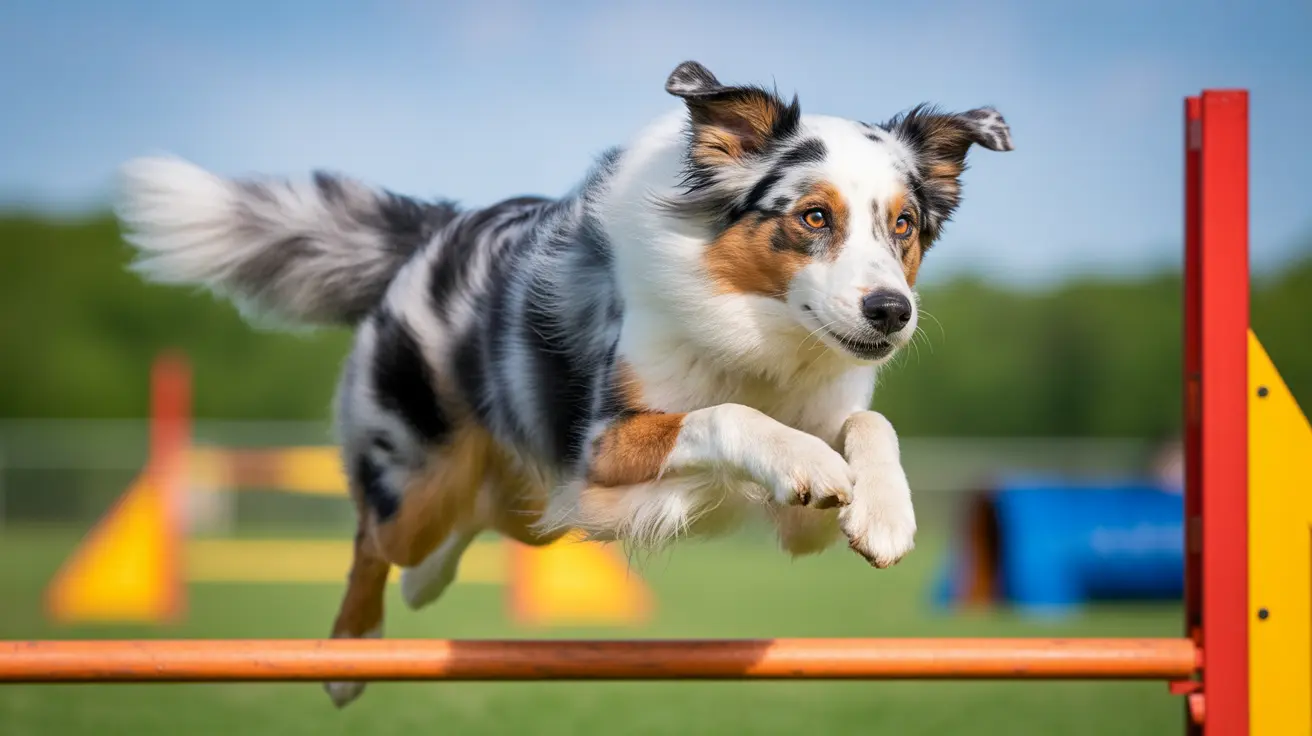Is the Spanish Mastiff a Good Family Dog? A Comprehensive Guide
The Spanish Mastiff, or Mastín Español, is a giant guardian dog bred in Spain to protect livestock from predators. With their calm demeanor and protective instincts, many potential dog owners wonder if they fit well into a family setting. This guide explores the breed's characteristics, suitability as a family pet, and important care considerations you should know.
Breed Origins and Purpose
This ancient breed has been guarding flocks for thousands of years. Originating in the Iberian Peninsula and developed further during the transhumance of Merino sheep, the Spanish Mastiff was bred to be strong, intelligent, independent, and alert. Their booming bark served to ward off threats like wolves and even bandits.
Physical Characteristics
- Size: 28–35 inches tall; 140–220 pounds
- Build: Muscular, sturdy, and imposing
- Coat: Short to semi-long; colors include black, fawn, red, yellow, brindle, and wolfgray
- Eyes & Ears: Small, dark hazel or brown eyes and medium, triangular ears
Temperament and Behavior
Spanish Mastiffs are known for being calm, loyal, and protective. They form strong bonds with their family and are typically gentle with children when socialized early. However, supervision is necessary due to their sheer size.
Pros of Having a Spanish Mastiff in the Family
- Protective Nature: Naturally guards home and family
- Affectionate: Loyal and loving with familiar faces
- Low Activity Needs: Requires just moderate daily exercise
- Dignified & Calm: Not hyperactive or overly excitable
Challenges of Ownership
- Not for Beginners: Requires experienced, confident owners
- Training Demands: Needs firm, consistent, and patient training
- Size Considerations: May overwhelm small children unintentionally
- Stranger Wariness: Must be socialized early to prevent aggression
- Not Suited for Apartments: Needs ample space and a secure yard
Training and Socialization
Due to their intelligence and independence, Spanish Mastiffs require early obedience training and ongoing socialization. Use positive reinforcement techniques and consistent boundaries. Expose them early to various people, animals, and environments.
Grooming and Care
- Coat Care: Weekly brushing; more frequent during shedding seasons (spring/fall)
- Bathing: As needed
- Skin Folds: Clean regularly to prevent infections
- Dental, Ear & Nail Care: Regular maintenance is critical
Health Considerations
Like many large breeds, Spanish Mastiffs are prone to specific health problems:
- Joint Issues: Hip and elbow dysplasia
- Bloat: Can be life-threatening; preventative feeding practices and surgery may be advised
- Heart Problems: Dilated cardiomyopathy
- Skin and Eye Conditions: Folds prone to infection; risk of entropion
- Average Lifespan: 9–12 years
Diet and Exercise
- Exercise: At least an hour daily—walks, fenced yard play
- Diet: High-quality, breed-appropriate nutrition; monitor calorie intake to prevent obesity
Final Thoughts: Is the Spanish Mastiff Right for Your Family?
While calm, loyal, and protective, the Spanish Mastiff is not a one-size-fits-all family dog. They thrive best with experienced handlers, a secure and spacious environment, and sufficient early training and socialization. For the right household, they can be a magnificently devoted companion and guardian.





